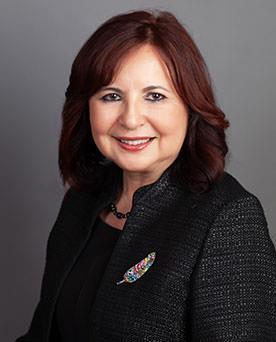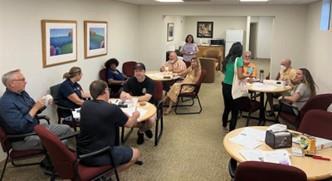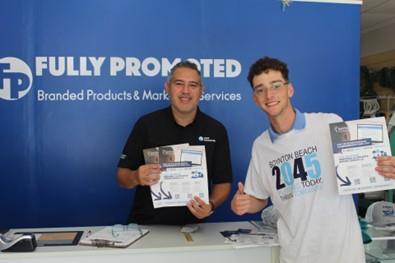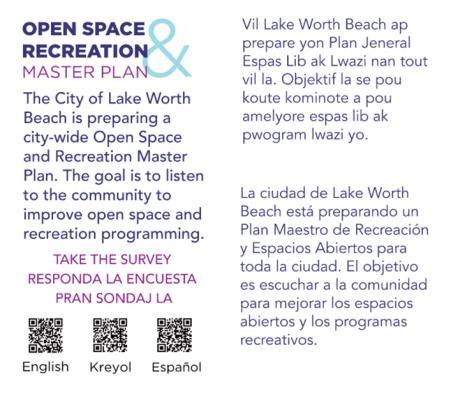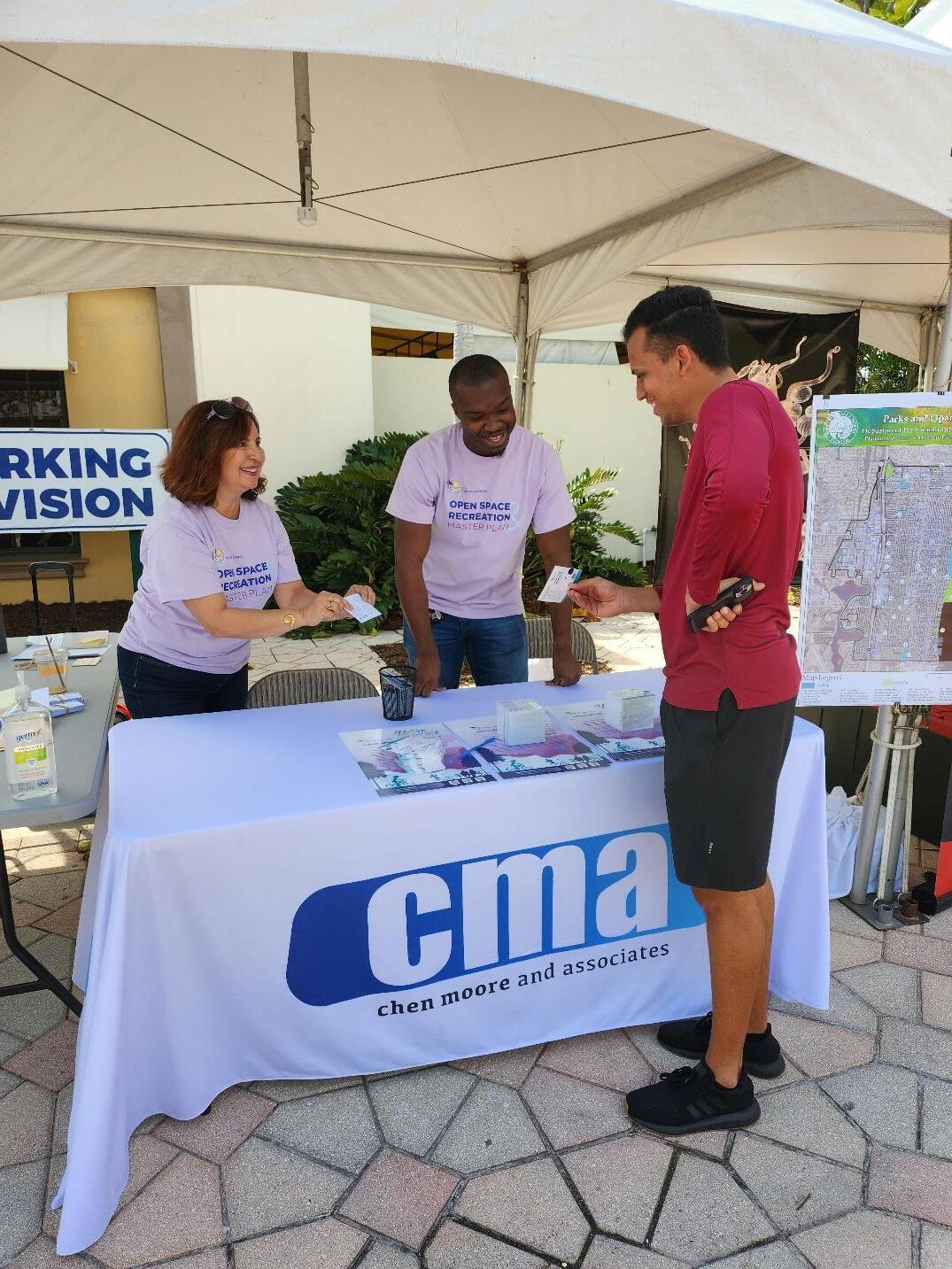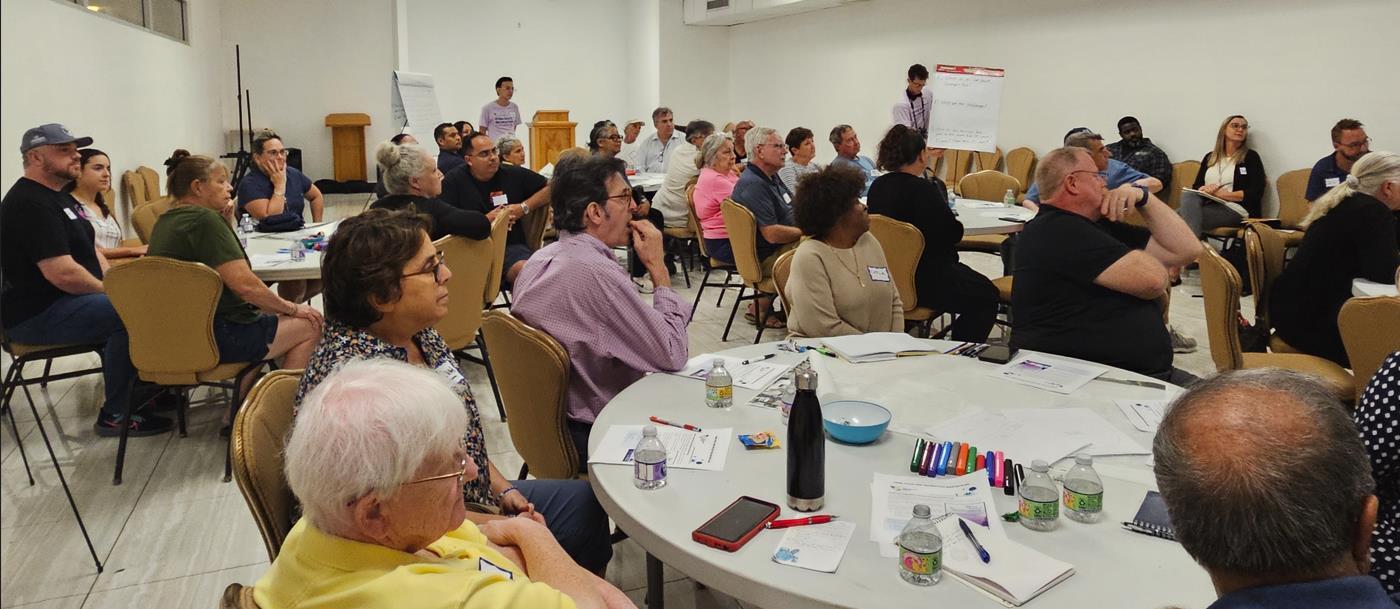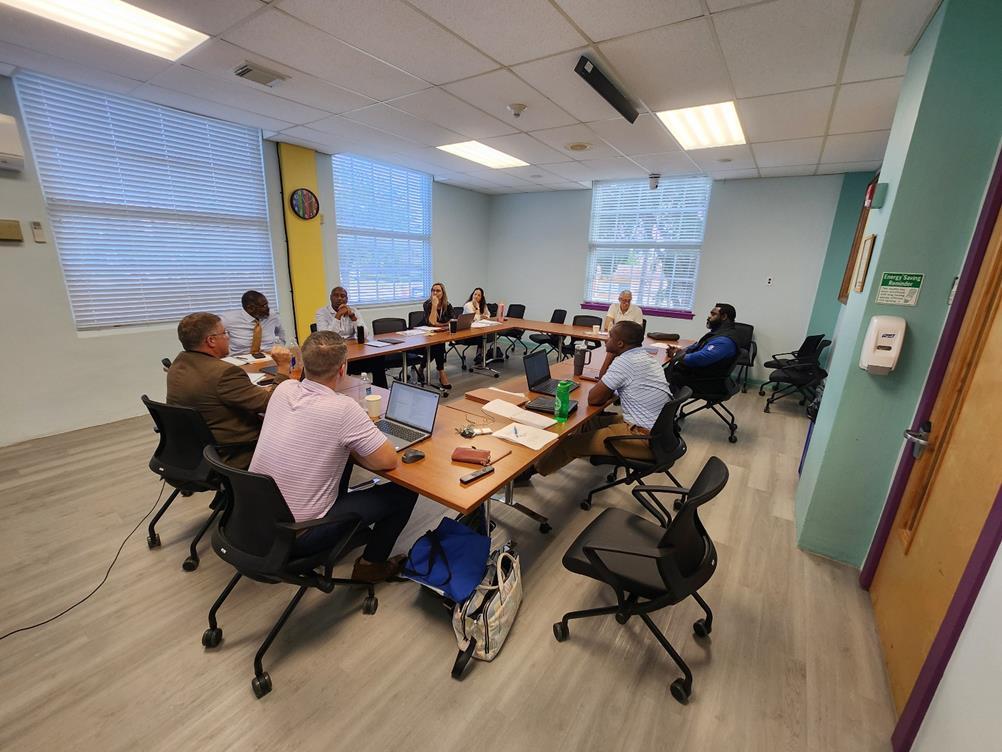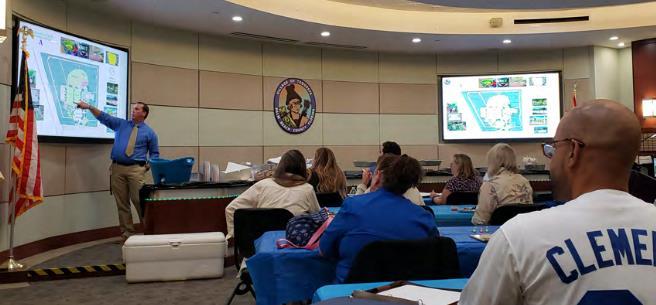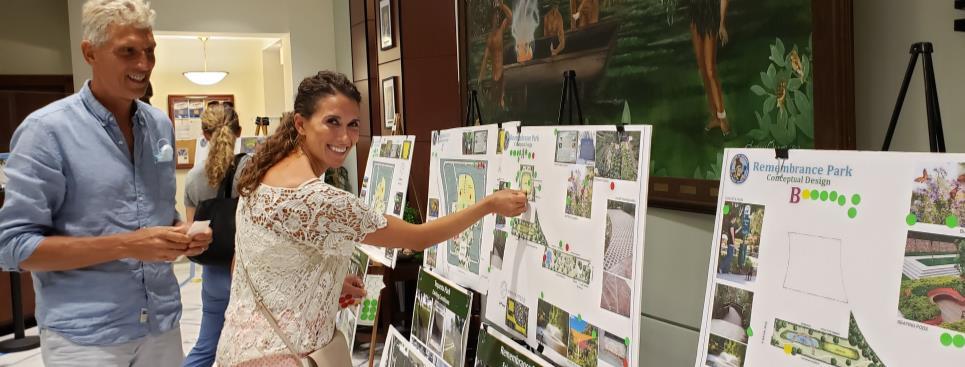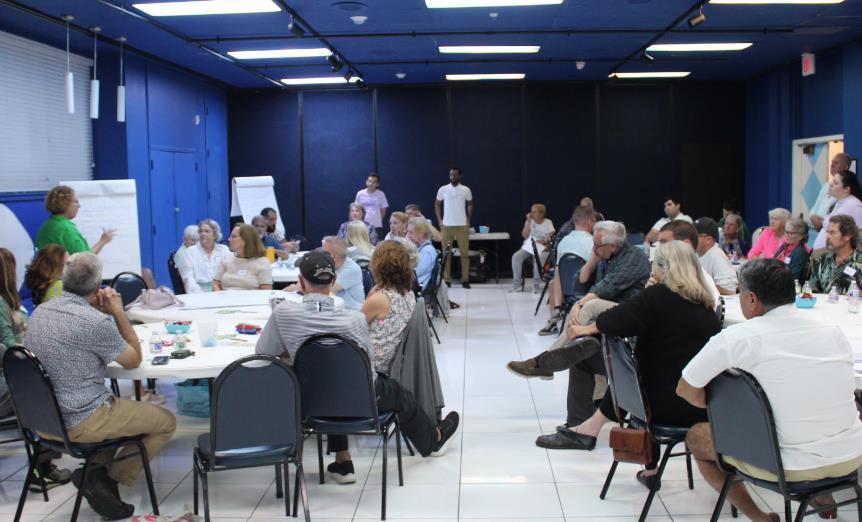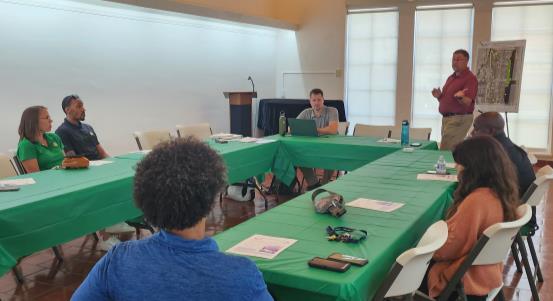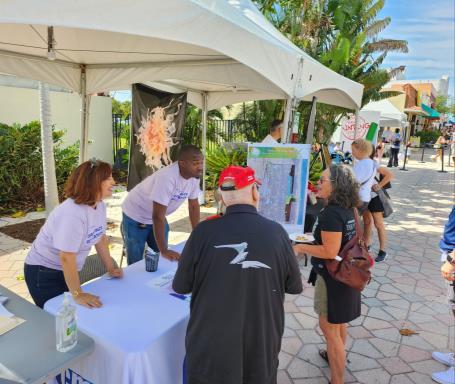Presenters
Nilsa Zacarias, AICP
Director of Planning
Osniel Leon, AICP Principal Planner
Santiago
Lance Lilly Senior Planner
Matt Veneziano Associate Planner
CMA is a multidisciplinary consulting company:
• AICP planners
• P.E. Engineers
• Environmental Scientists
• Landscape Architects
• GIS Professionals
Sara Benbasat
Urban Designer
Chen Moore and Associates
Cleves Associate Planner
What are the 4Ps? Proactive Public Participation Program
What are the Initiatives?
Case Studies
Break-out Groups:
Build your own 4Ps (25 min) Group summary (10 min)
What are the 4Ps?
Proactive Public Participation Program
Public participation process designed to be transparent, equitable, and engage the widest range of participants to gather community ideas and feedback
• Embraces the community including residents, businesses, leadership, administrators, and departments
• Cross reference and Combines diverse outreach initiatives to foster and promote maximum community participation
• Involves multiple open, dynamic and inclusive community events
What are the 4Ps?
Proactive Due Diligence to consider project variables:
Timeline
Budget
Community demographics (population, languages, etc.)
Well-attended community events
Stakeholders
What are the 4Ps?
Public Participation Tools and initiatives used to bring awareness to a project and facilitate equitable and open dialogue
Focus Groups
Public Meetings
Surveys
Kiosks
Flyers
Program Cross reference and Combination of multiple initiatives that maximize community feedback
Workshops
What are the Initiatives?
Branding and Advertisement
• Project logo
• Flyers & business cards
• Bulletins in local businesses & municipal properties
• T-shirts & swag items
• Community Platforms (i.e. social media, community website, community newsletter, utility bill)
• Mailings to households
• Relationship-based strategies (community ambassadors, peer-topeer outreach, etc.)
Surveys and Direct Feedback
Online survey programs
QR Code linked to online survey
Physical Copies of survey
Open line of communication throughout process
• Email / Phone
• Comment card / ballot box in accessible and frequented location
Kiosks at Community Events
• “Go where the people go” (local art events, green markets, others)
• Inform the public about the project
• Encourage engagement with survey
• Advertise future public meetings
Design Open Houses
• Open meetings for hands-on design feedback
• Groups led by project team members
• Efficiently gather input:
• Vision
• Opportunities
• Challenges
Public Meetings and Interviews
• Council/commission workshops & meetings
• Stakeholder interviews (city staff, leadership, boards, and committees)
• Neighborhood associations
• Focus Groups
Case Studies
Case Studies
Parks Master Plan Village of Tequesta, FL
“Our Parks Our Values” extensive community outreach serves as a long-term road map to guide improvements to the Village’s parks
• Community Survey (online and paper copies)
• 20 interviews with residents
• 4 Kiosks at Village Events
• 7 Design Open Houses
• 5 Public Meetings
• Conceptual Drawings Exhibit and Surveys at Village Hall Lobby
Village of Tequesta, FL (2022)
Case Studies
Recreation & Open Space Master Plan
City of Lake Worth Beach, FL
Extensive community input roadmap for improving the City’s open space and recreation programs and facilities
• Branding
• Community Wide Survey
• Posters and Cards with a QR Code
• One-on-one Interviews
• Focus Groups with key stakeholders
• Public meetings with stakeholders
• Design Open Houses
• Kiosks at regular City Events
• Social Media Presence and Project Web Page
City of Lake Worth Beach, FL (2024)
Case Studies
Comprehensive Plan
City of Boynton Beach, FL (2025)
A meaningful and sustainable Comprehensive Plan Update is based on the community vision and feedback to guide the City’s growth and development
• Branding: working together with City Staff
• Community Survey
• Posters and small cards with QR Code
• Kiosks at Community Events
• Workshops at City Hall
City of Boynton Beach, FL (2025)
Break-out Groups
Create a 4Ps Program for a Master Plan – SCENARIOS:
1.Coastal, high-income community of approx. 10,000 to 20,000 residents
2.Rural, low-income community of approx. 10,000 to 20,000 residents
3.Suburban, middle-class community of approx. 30,000 to 50,000 residents
4.Urban, diverse community of approx. 100,000 or more residents
Menu of Initiatives to Include on your 4Ps:
❑ Branding: Logo, Flyer, Card, T-Shirts (what are the elements that define the community character?)
❑ Survey w/ QR Code (English, Spanish, Creole?)
❑ Kiosks, Design Open Houses, Workshops, One-on-One Interviews
